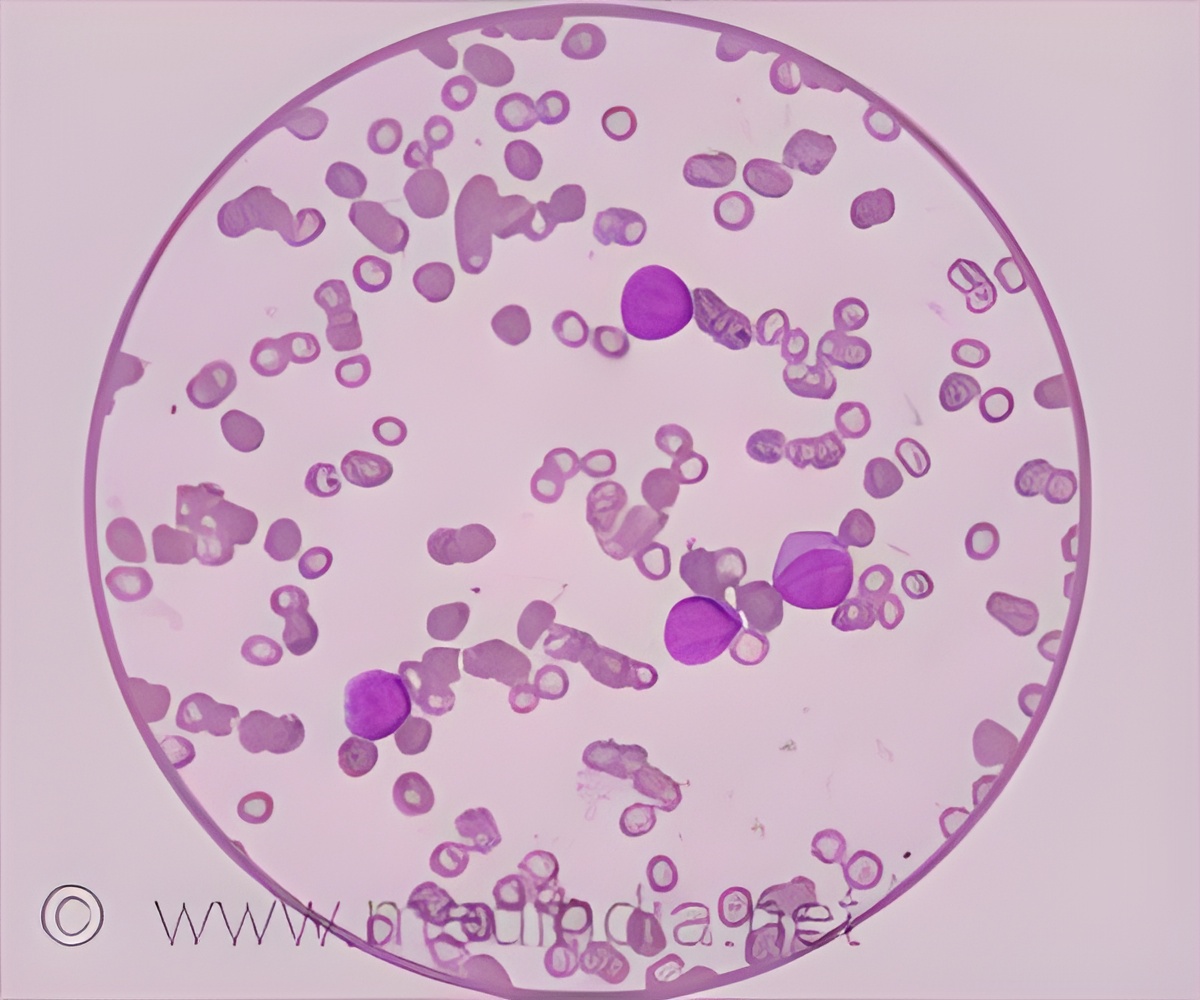Researchers after performing a study on mice, are planning to launch a clinical study to test the new combination treatment in blood cancer patients.

‘Adding ribonucleotide reductase inhibitors to cytarabine improves the effect of the treatment in patients with leukemia.’
Read More..




One of the most common drugs to treat AML is cytarabine (ara-C), a cytotoxic drug that interferes with DNA replication. However, many patients do not respond to the treatment because their leukemic cells express high levels of the enzyme SAMHD1, which breaks down the active metabolite of cytarabine, ara-CTP. Read More..
These patients have a significantly worse survival rate than patients with low leukemic levels of SAMHD1. Therefore, one promising strategy to improve the treatment of AML is to inhibit the effects of this enzyme on cytarabine.
In this study, the researchers tested the impact of more than 33,000 different substances on SAMHD1's ability to break down ara-CTP in leukemia cells treated with cytarabine. The experiment led to the identification of three different substances, so-called ribonucleotide reductase inhibitors (RNRi), that all reduced SAMHD1's ability to deactivate ara-CTP: hydroxyurea, gemcitabine and triapine.
"Adding any of these three substances significantly improved the effect of the cytarabine-treatment in cell samples with high levels of SAMHD1," says Nikolas Herold, researcher at the Department of Women's and Children's Health at Karolinska Institutet in Sweden.
"This was true for AML samples from both adults and children. In AML-mice, we also saw that the median survival was significantly prolonged when cytarabine was combined with an RNR-inhibitor."
Advertisement
In animal studies, the combination therapies did not exhibit any excess side-effects beyond those already established in cytarabine-treatments.
"Hydroxyurea is an approved drug that is already used to treat AML, so we think it has great potential," says Nikolas Herold. "If our research results can be confirmed in clinical trials, the treatment of AML could be significantly improved also in developing countries with limited resources since hydroxyurea is patent-free and doesn't cost more than ibuprofen."
The researchers were also able to show how the RNR-inhibitors affected the SAMHD1-levels mechanistically. These drugs change the intracellular composition of deoxynucleoside triphosphates (dNTP), which are building blocks for molecules. Since SAMHD1 needs dNTPs to activate its enzymatic activity, this effectively abrogates its ability to break down ara-CTP.
Source-Eurekalert











